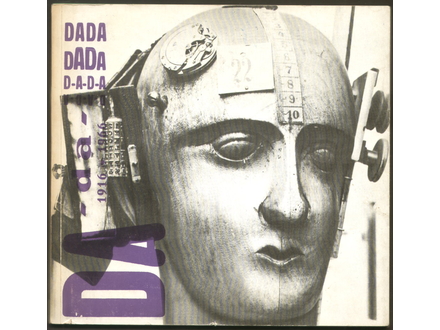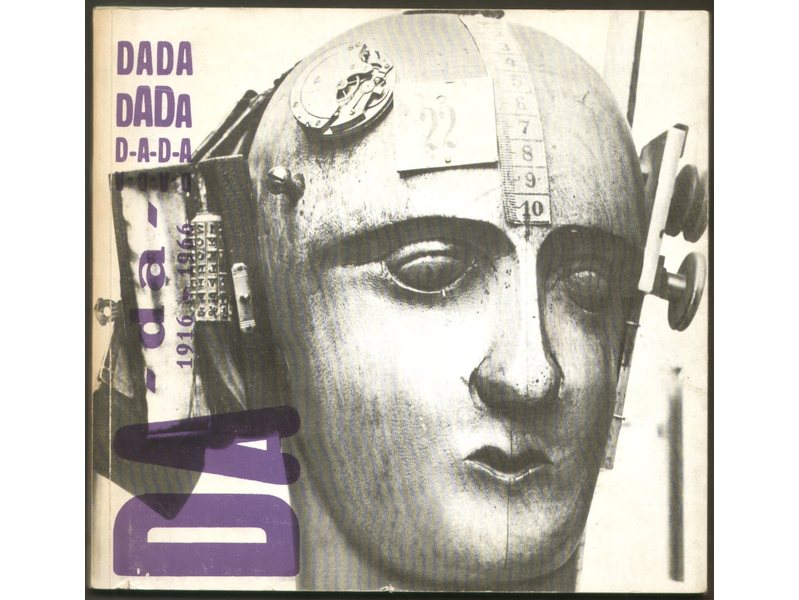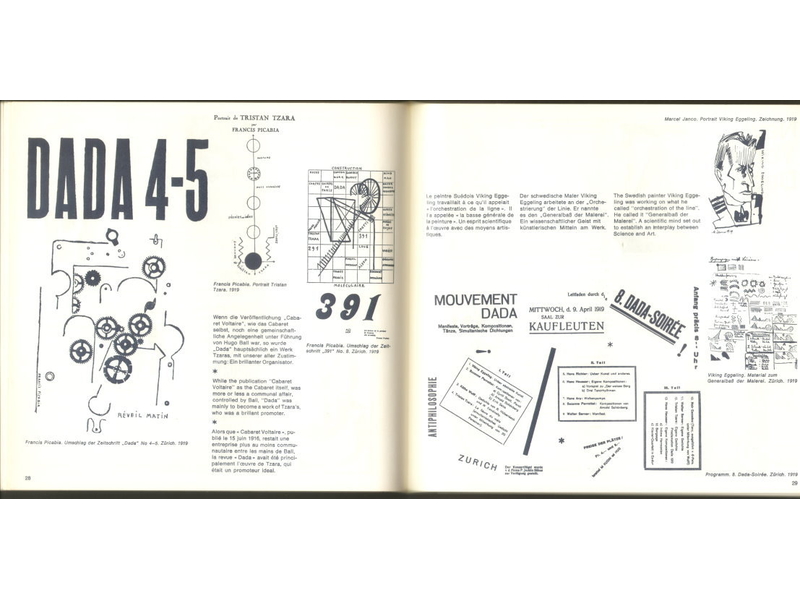DADA 1916-1966 izlozba goethe instituta KATALOG
| Cena: |
| Želi ovaj predmet: | 17 |
| Stanje: | Polovan bez oštećenja |
| Garancija: | Ne |
| Isporuka: | Pošta Post Express |
| Plaćanje: | Tekući račun (pre slanja) PostNet (pre slanja) |
| Grad: |
Beograd-Stari grad, Beograd-Stari grad |
Jezik: Srpski
BOGATO ILUSTROVANO
STR. 104, dim. 20,5 x 22 cm, stanje DOBRO
Dada or Dadaism was an art movement of the European avant-garde in the early 20th century. Many claim Dada began in Zurich, Switzerland in 1916, spreading to Berlin shortly thereafter but the height of New York Dada was the year before, in 1915. To quote Dona Budd`s The Language of Art Knowledge,
Dada was born out of negative reaction to the horrors of World War I. This international movement was begun by a group of artists and poets associated with the Cabaret Voltaire in Zurich. Dada rejected reason and logic, prizing nonsense, irrationality and intuition. The origin of the name Dada is unclear; some believe that it is a nonsensical word. Others maintain that it originates from the Romanian artists Tristan Tzara`s and Marcel Janco`s frequent use of the words `da, da,` meaning `yes, yes` in the Romanian language. Another theory says that the name `Dada` came during a meeting of the group when a paper knife stuck into a French-German dictionary happened to point to `dada`, a French word for `hobbyhorse`.
The movement primarily involved visual arts, literature, poetry, art manifestoes, art theory, theatre, and graphic design, and concentrated its anti-war politics through a rejection of the prevailing standards in art through anti-art cultural works. In addition to being anti-war, Dada was also anti-bourgeois and had political affinities with the radical left.
Dada activities included public gatherings, demonstrations, and publication of art/literary journals; passionate coverage of art, politics, and culture were topics often discussed in a variety of media. Key figures in the movement included Hugo Ball, Emmy Hennings, Hans Arp, Raoul Hausmann, Hannah Höch, Johannes Baader, Tristan Tzara, Francis Picabia, Richard Huelsenbeck, George Grosz, John Heartfield, Marcel Duchamp, Beatrice Wood, Kurt Schwitters, and Hans Richter, among others. The movement influenced later styles like the avant-garde and downtown music movements, and groups including surrealism, Nouveau réalisme, pop art and Fluxus.
Marc Lowenthal, in I Am a Beautiful Monster: Poetry, Prose, And Provocation, tells us:
Dada is the groundwork to abstract art and sound poetry, a starting point for performance art, a prelude to postmodernism, an influence on pop art, a celebration of antiart to be later embraced for anarcho-political uses in the 1960s and the movement that laid the foundation for Surrealism.
MOLIM CENJENE KUPCE DA ISPOSTUJU PRAVILNIK(ROKOVE) LIMUNDO-KUPINDO TIMA.
ne dajem nikakve popuste.
izlozene cene su KONACNE, bez obzira na kolicinu
NE RAZNOSIM PRODATU ROBU - OVO VAZI I ZA BEOGRAD.
licno preuzimanje predmeta na mojoj adresi (ispred zgrade), posle 18h
naravno, u roku koji se dobije posle prodaje.
placanje na tekuci racun u POSTI - POSTANSKA STEDIONICA
INO KUPCI -- paypal (+5%) (pitati za postarinu)
INTERNATIONAL BUYERS WELCOME
IF YOU HAVE ANY QUESTION REGARDING CONDITION,SHIPPING AND PRICING PLEASE EMAIL US BEFORE YOU BID. THANK YOU !
NOVAC U PISMU - NE PRIMAM.
slanje POSTEXPRESOM (ili VREDNOSNO PISMO)
ako stoji `besplatna dostava`(pored broja pregleda) onda VAZI SAMO ZA SRBIJU
POUZECEM -- N E S A L J E M
komunikacija iskljucivo preko limundo-kupindo poruka
slike se najbolje vide kada se klikne na `Slika u punoj veličini`
Predmet: 22313523









